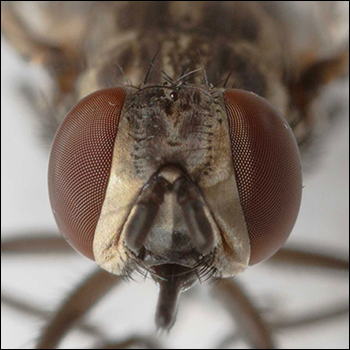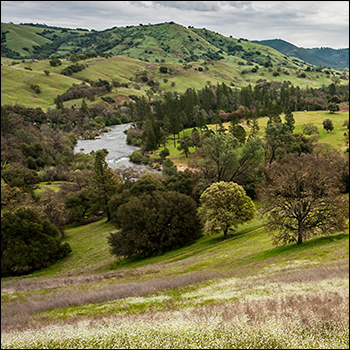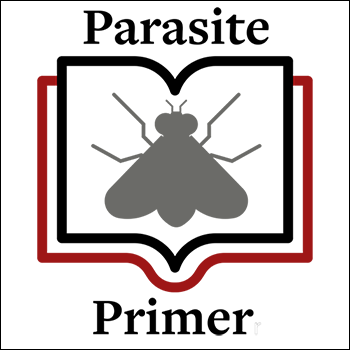
In The Cattle Markets
Spring is here.
After languishing for weeks at about $114 per hundredweight (cwt.), the fed-cattle market has sprung to life. Fed-cattle prices hit $123-124 per cwt. in more Northern regions and closed the week at $121 per cwt. in the Southern Plains. From 2015-2019 the seasonal price increase has been about $6 per cwt., or 4.3%. Prices dipped as low as $109 per cwt. in late January making this seasonal run larger than normal, so far.
Surging demand and expectations of demand continue to drive prices higher. The Choice beef cutout ended the week of April 9 at $272 per cwt., up $20 from the week before. Select beef is in on rally also, ending the week at $264 per cwt. The Choice-Select spread is about on par with the five-year average.
It’s worth remembering that prior to the pandemic, beef demand had been on several good years of strength. A growing economy, falling unemployment and consumer preferences trending toward beef of higher USDA Quality Grade were building demand. 2020 did not slow beef demand, even with the increase in unemployment.
The retail “all fresh beef” demand index scored a 119 for 2020, the best in 20 years. That index is calculated using per capita consumption (we still ate beef even though much more was grocery purchases rather than restaurant purchases) and USDA, Bureau of Labor Statistics (BLS) retail prices, which only reflect grocery store prices. Regardless, it suggests that we exit the pandemic with a strong base of beef demand.
As of this writing (April 12), we are seven weeks out from Memorial Day. This big grilling holiday kicking off summer combined with pent-up demand from pandemic closures promises to boost prices.
One macroeconomic statistic I find interesting is personal savings as a percent of disposable personal income. Prior to the pandemic, since 2011, savings had averaged about 7%. When widespread shutdowns hit in the second quarter 2020, GDP fell 9%. With no place to go to spend, savings skyrocketed to 26%. While they have since declined to 13%, that is a lot of money for folks to spend to fund some pent-up demand fun. Economic reopening combined with people spending and tighter beef supplies later in the year should suggest some optimism.
Not to forget the supply side of the market, beef production in March was slightly below March of 2020, which was right before COVID shutdowns hit packing plants. As expected, for the last six weeks we are producing more beef than last year, and, for a better comparison, even more than in 2019. Steer and heifer dressed weights have not recovered from winter storm Uri and, being equal to a year ago, have kept production in check.
Editor’s note: David Anderson is a professor and Extension economist for Texas AgriLife Extension. Photo by Payton Alexander from 2018 NJAA/Angus Journal Photo contest.



